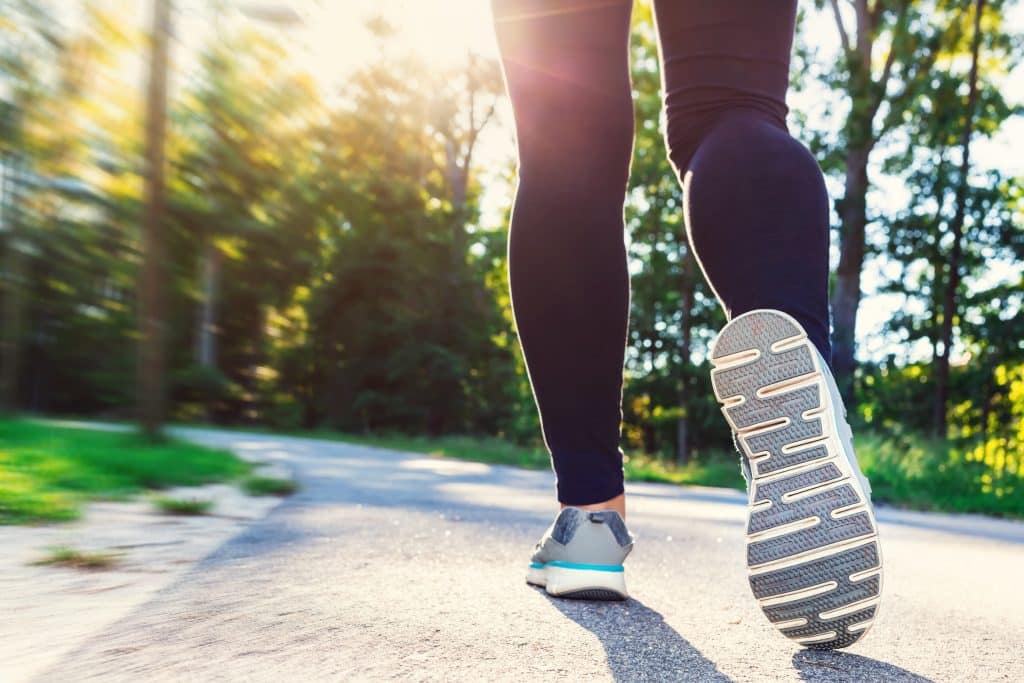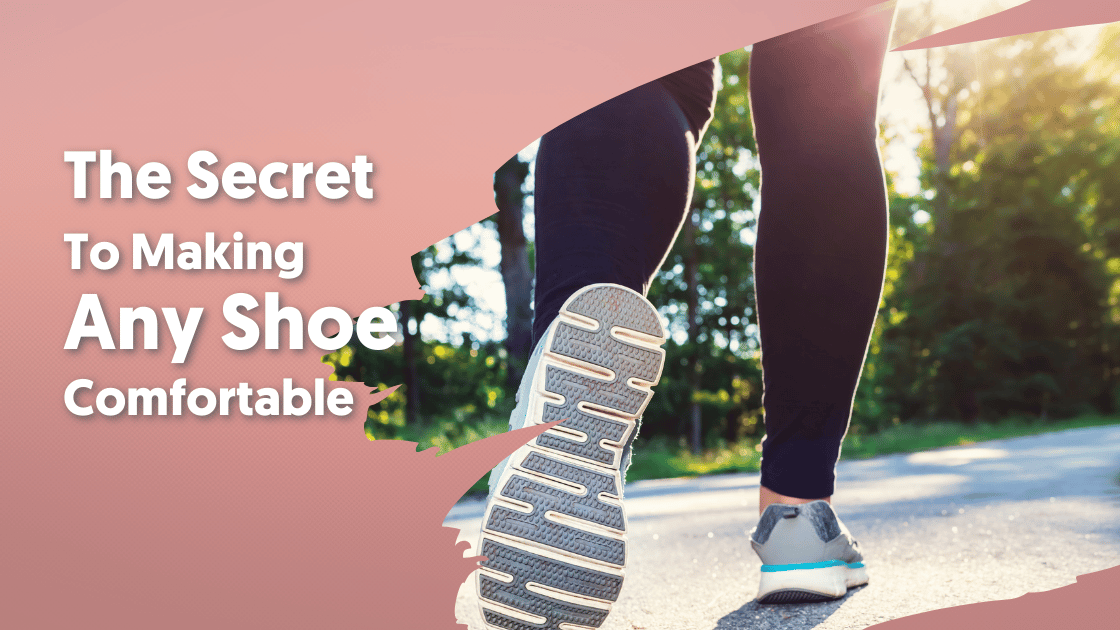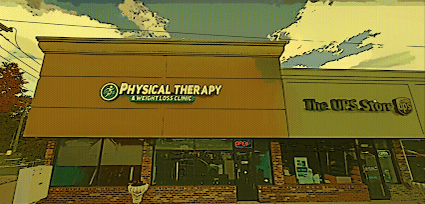There’s nothing worse than wearing an uncomfortable pair of shoes. They may look perfect to the naked eye. After wearing them for a few hours, however, you realize they’re far from perfect. Even after a break-in period, they leave you feeling achy and sore. Don’t get discouraged from wearing them, though. Learn the secret to making any shoe comfortable for good.
Boots
Boots are a staple for any wardrobe. Unfortunately, they’re often uncomfortable. Boots with tall shafts can easily rub against calves, causing irritation. Try wearing long, moisture-wicking socks to help prevent chafing and blisters. Keeping the inside of your boots dry will help as well.
Another common issue is the structure of the boot. They usually don’t provide any arch support and can cause your feet to ache. The best thing you can do for your feet is to add a high-quality orthotic into the boot. Avoid any commercial insoles with the word “gel” in the title. Look for a strong, stiff insole that doesn’t bend or twist in the arch area. You may have to remove the boot’s original insole to make room for the orthotic. Adding this to your boots, or any shoe for that matter is ideal for preventing pain and discomfort.
Flats
Most flat shoes offer little to no shock absorption in the sole. Because of this, your feet take the brunt of the force with each step. As a result, this can cause your Achilles tendons and Plantar Fascia ligaments to strain. Both of which are the main supporters of your arch. You also want your shoes to have an adequate heel cup to provide stability to your foot as well. This prevents your ankle from rolling inwards, which pushes your knees and hips out of alignment.
Like boots, putting in a quality orthotic will do wonders for your feet. If your shoes are feeling a bit too snug, you can stretch them a small amount. Try filling 2 freezer bags with water. Stuff them inside your shoes and put them in the freezer overnight. The bag will expand as the water freezes. As a result, your shoes will stretch as well.
Sneakers

Most sneakers are designed based on their looks, not their support. They often claim to be lightweight or have memory foam for optimal comfort. Unfortunately, these shoes lack adequate structure, especially in the arch area. Force is dispersed through your feet. They are the foundation for your entire body. Your knees and hips must take the demand of the stress when your feet don’t have enough support.
Investing in a quality running shoe is one of the best decisions you can make. Even if you aren’t a runner! A running-style shoe will give you the comfort you’re looking for. More importantly, it will provide the support you need. Luckily, a lot of running shoe companies have started designing their shoes to look great and have great arch support too.
Flip Flops
Flip flops may not have a lot of material to them, but that doesn’t mean they’re painless either. For starters, the soles lack adequate structure and support. Since you can’t put an orthotic in your flip flop, you’ll want to invest in sandals with built-in arch support. For instance, Birkenstock and Powerstep make quality supportive sandals.
They will prevent you from putting added pressure on the sides of your feet, which can lead to misalignment and pain in your legs, hips, and back. You will also want to make sure the straps of the flip-flops aren’t loose. Prevent blisters by keeping straps snug and your foot in place.
High Heels
Undoubtedly, you’ve felt that crippling feeling from wearing high heels for too long. Even the most comfortable pair of heels can leave you wanting to rip them off in the middle of a wedding reception or night out. Look for shoes that have a heel height no greater than 1 inch. Anything taller can lead to some major back problems. The arch of your foot flexes more as the heel height increases. This forces your body weight forward onto the balls of your feet. Additionally, you place more pressure on your joints.
Another tip is taping your toes. There is a string of nerves located at the ball of your foot. They become irritated when you place a ton of pressure on them. Especially the nerve between your third and fourth toe. Taping these 2 toes together can provide support and release some of the tension as well.
Click here to learn how your shoes may be causing your back pain.



